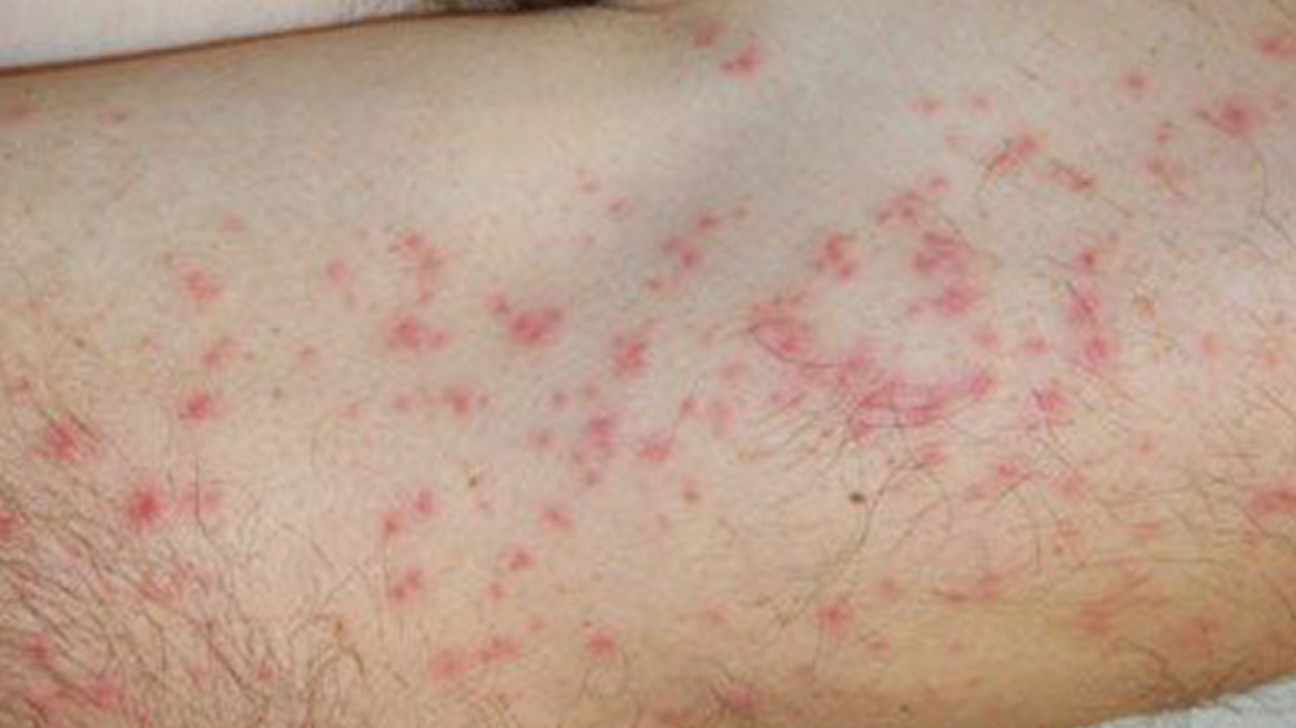What causes red spots on the skin?
There are a number of disorders that can cause red spots on your skin, including infections, allergic reactions, and inflammatory conditions. Red spots may be harmless or they may be a sign of a more serious illness such as leukemia. The spots can range in size from tiny to large, and they may be itchy or sore. They may also be flat or elevated, and their color can range from pinkish to bright red to purple-red.
Detecting red spots on the skin
There are several explanations for why red spots might appear on the skin, making it difficult to determine the root cause. Red spots can be affected by a number of reasons, including an acute infection or a chronic disease.
If you have red spots on your skin, it’s best to consult with a specialist to have them checked out. They will be able to figure out what’s causing the spots and provide you with the appropriate treatment.
Here are six reasons for the occurrence of red spots on the skin:
1. Heat rashes
Heat rash is a skin condition that occurs when your sweat glands become clogged and sweat is prevented from reaching the surface of your skin. It can happen when you exercise or are in hot or humid conditions
Symptoms of heat rash include small lumps that resemble blisters and can be red or transparent in color. The bumps may also be itchy or sore.
Heat rash often appears in places where your skin touches together, such as your armpits or where the fabric rubs with your skin. It may also develop around the neck of babies.
2. Contact dermatitis
When skin comes into contact with something that is either an allergen or an irritant, it may respond. Contact dermatitis is a red spot that occurs after you come into contact with a substance to which you are allergic or sensitive.
What you’re exposed to or what you’re sensitive to determines whether or not you get dermatitis. For e.g., many people are resistant to poison ivy and would break out in a rash if they come into contact with it.
The following symptoms characterize touch dermatitis:
- Redness
- rashes
- swelling
- itching
- scratching blisters that can bleed
- crusting or scaling of the skin
The cause of the reaction will determine what the best course of treatment is. For mild reactions, over-the-counter skin care products and antihistamines can provide some relief. If the reaction is more serious, you will need to see a doctor for a prescription.
3. Ringworm
Ringworm appears as an itchy, red, and blotchy spot with a raised margin in a circular pattern. A fungus causes it, and it can occur anywhere on the body.
This rash will not go away until the infection is gone. Ringworm is also infectious, which means you can pass it on to others. Additionally, Ringworm should be diagnosed by a doctor and treated with antifungal drugs.
4. Atopic dermatitis
The cause of atopic dermatitis is unknown, though researchers suspect it might be genetic or an overreaction of the immune system to something the body comes into contact with.
Itching and discomfort are common symptoms of atopic dermatitis. The skin becomes clean, red, and broken, and if it is scratched excessively, inflammation and blisters that leak yellow blood may develop.
Atopic dermatitis treatment entails controlling flare-ups and keeping the skin moisturized. A doctor will diagnose atopic dermatitis and prescribe a medicated cream to alleviate symptoms.
5. The swimmer’s itch
Swimmer’s itch is a rash caused by swimming in water infected with parasites. Snails can pick up the parasites and spread them across rivers, streams, and seas. Humans can get parasites on their bodies when they swim in contaminated water.
These parasites can cause a reaction in some people, resulting in burning, itching, and small bright red spots or blisters. Swimmer’s itch usually goes away on its own after about seven days and does not require medical attention. However, anti-itch skincare products can help alleviate symptoms.
6. Rashes caused by drugs
The rash will take on different appearances depending on how the drug interacts with the body. For example, some prescriptions can cause thin, red bumps, while others may produce scaling and purple spots. It can even be irritating.
If you’ve just started a new prescription and experience a rash a few days later, consult the doctor. They may help you determine the cause of the condition and can give you steroids or antihistamines to relieve the symptoms.
5 natural ingredients that help in reducing red spots on the skin
7. Coconut oil
Coconut oil has been hailed as a miracle remedy for all sorts of skin problems, from dryness and irritation to cuts and red spots. Lauric acid, which is found in coconut oil, has anti-inflammatory and itch-reducing properties, making it ideal for those with sensitive skin. Coconut oil is also a great moisturizer, helping to soothe and protect the skin.
If you suffer from dry, itchy skin, coconut oil could be the answer you’ve been looking for. By using it regularly, you can help to minimize redness and totally eliminate red spots. Give it a try – your skin will thank you for it!
8. Aloe vera
Looking for a natural and effective way to get rid of red marks on your skin? Aloe vera skincare gels are your answer! Not only does aloe vera have soothing and moisturizing properties, but it also has antibacterial and cooling effects that help reduce inflammation and infection. Additionally, aloe vera is suitable for all skin types and can help fight against rash, acne, discoloration, and sunburn. So if you’re looking for a gentle yet effective skincare solution, reach for aloe vera the next time you’re in the store!
9. Lemon
Lemon juice is a great natural remedy for reducing redness and spots on the skin. The citric acid in lemon juice helps to balance the skin’s pH, while the bleaching properties of lemon help to reduce skin redness. Lemon juice is also a great cleansing agent, removing excess oil, dirt and debris from the skin. Using lemon juice regularly will help to eliminate redness, spots and maintain a healthier complexion.
10. Plain yogurt
Red patches on the skin are usually the result of increased melanin production in that area. Plain yogurt is an easy and cost-effective way to solve this problem. In addition, yogurt is an excellent natural solution for reducing skin irritation and other similar issues because of its zinc content.
11. Vitamin E oil
For best results, follow this procedure daily. The antioxidant benefits of vitamin E oil help fade red spots quickly and effectively. Furthermore, the anti-inflammatory properties of vitamin E oil can help reduce redness by promoting quick cell turnover – making it the best choice for treating most skin concerns.
To use vitamin E oil, simply puncture a vitamin E capsule (which can be bought at any drug store) and apply the oil to the affected area before going to bed.
Final Words
There are several sources of red spots on the skin. Some are caused by contact dermatitis, while others are the result of a bacterial, viral, or inflammatory disorder. If the spots are causing extreme irritation or if they do not improve after taking an anti-itch skincare product or pain reliever, you should consult a doctor. They will make an accurate diagnosis and prescribe a remedy depending on the cause of the red spots. You can find a dermatologist in your city by searching online or in directories such as the Yellow Pages.







